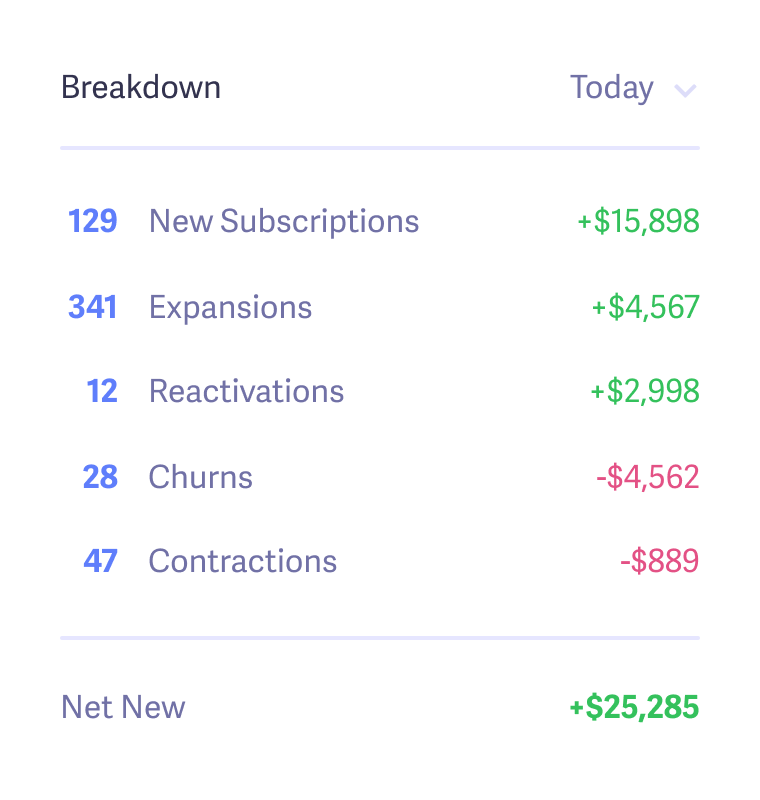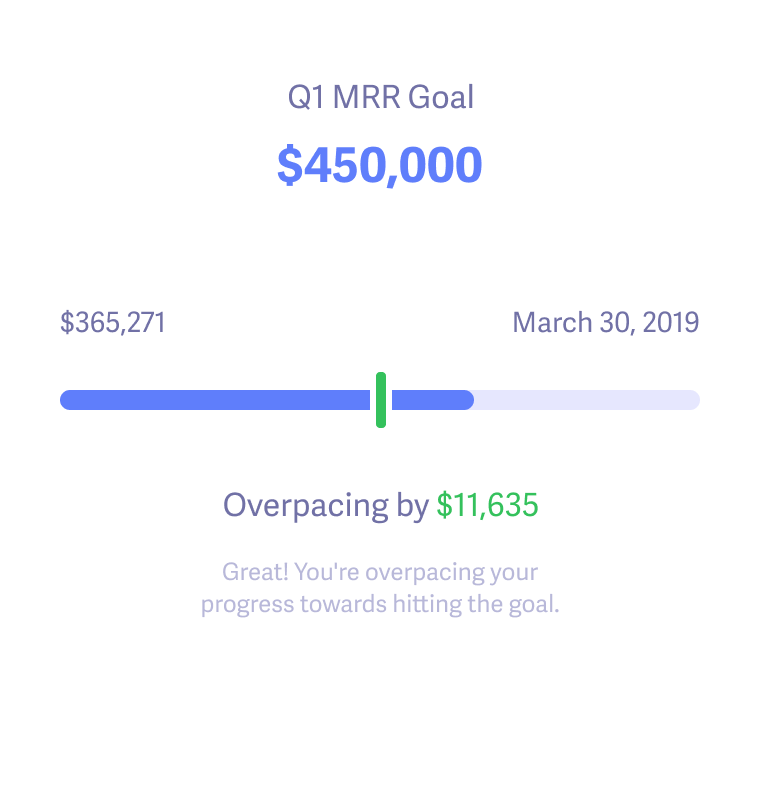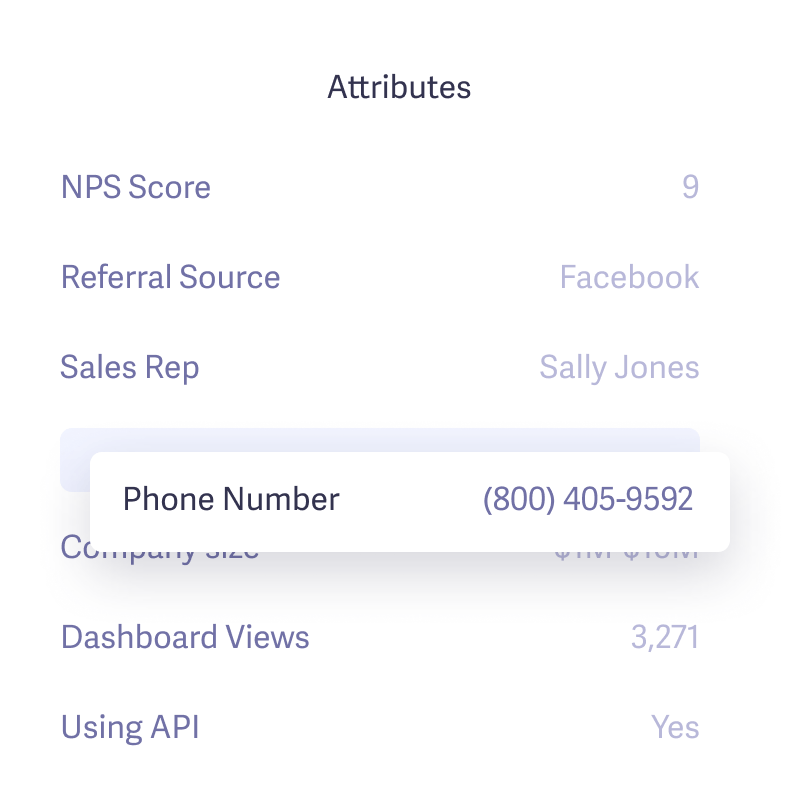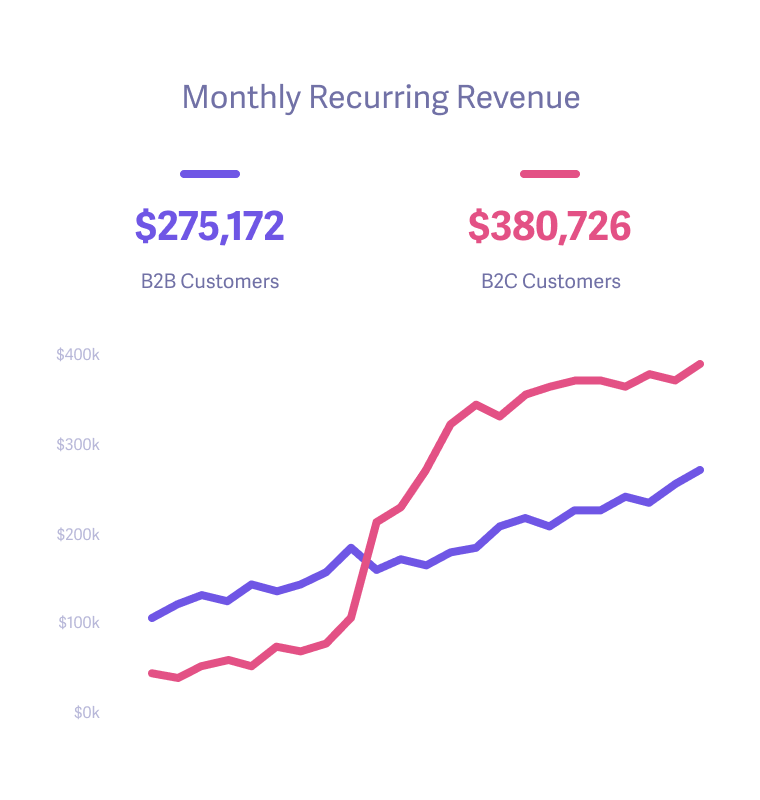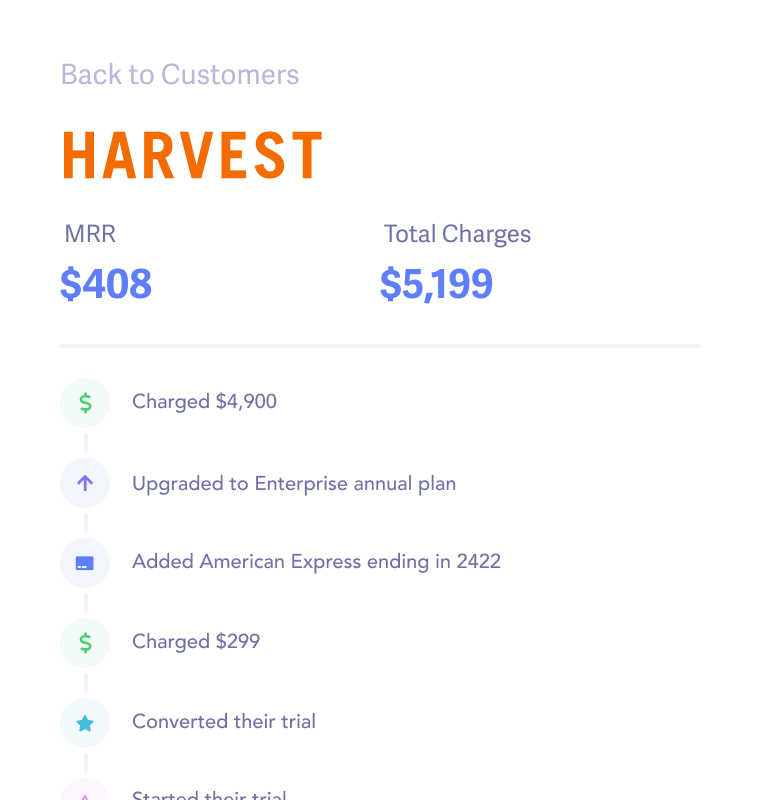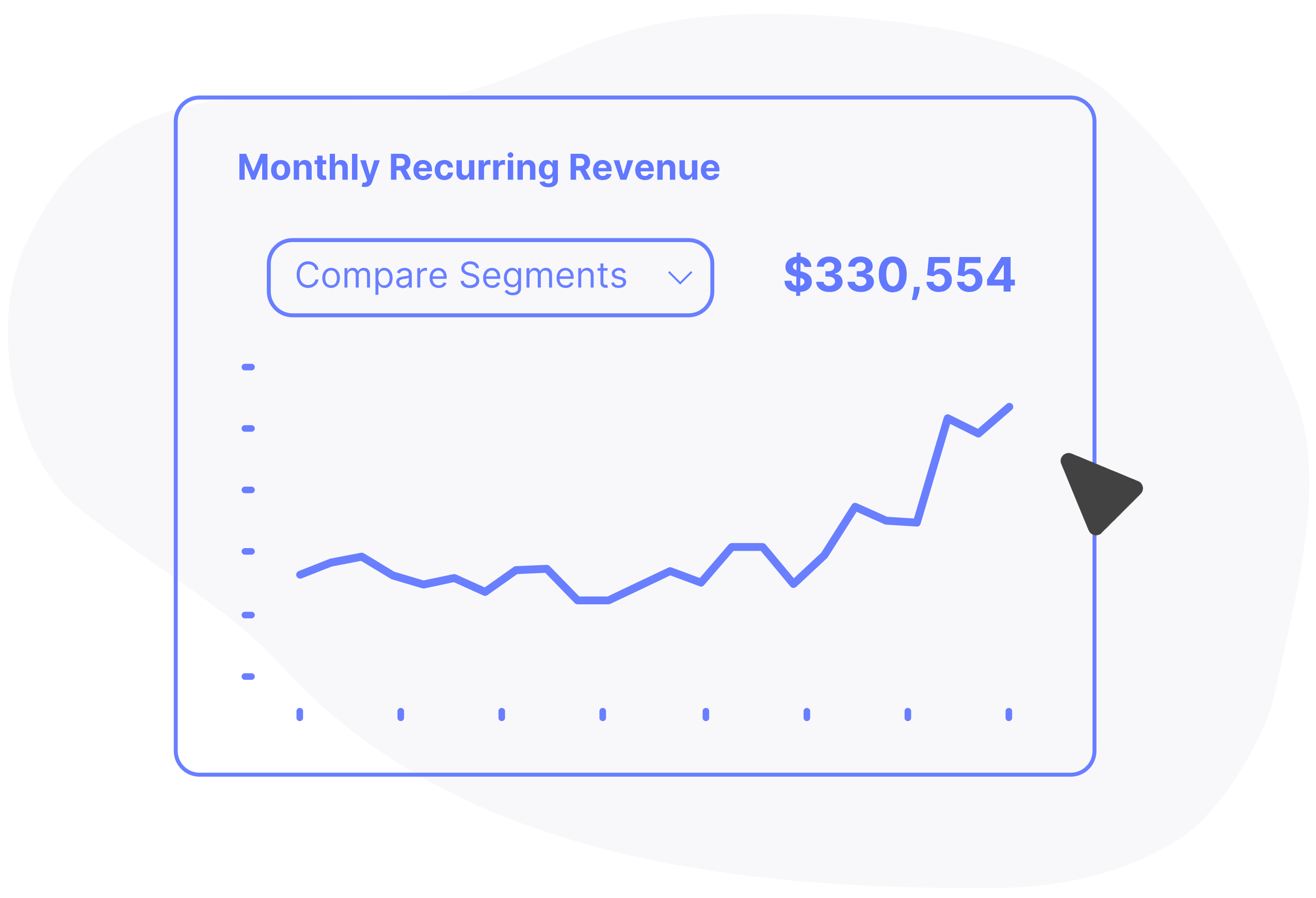 Want to see for yourself? Check out our live preview.
Want to see for yourself? Check out our live preview.

The new standard in analytics for companies using Stripe.
Baremetrics subscription analytics software is the easiest way to get the insights you need to understand your performance and where to focus next.
Make more by knowing what drives growth of your business.
We're sick of the seemingly endless number of stale charts and graphs, so we work to make our design and interface lively and inspiring. Every feature is as useful as it is pleasing to the eye.
+900 companies using Baremetrics for growth
Make more by knowing what drives growth of your business.
We're sick of the seemingly endless number of stale charts and graphs, so we work to make our design and interface lively and inspiring. Every feature is as useful as it is pleasing to the eye.
Make more by making data-driven decisions with confidence.
Finally, you can get the data you need to uncover growth opportunities, get answers to your questions, and run sophisticated analyses with ease. Being data-driven and customer-obsessed just became a reality.
Learn why your customers cancel
Start collecting valuable feedback in minutes, learn how much revenue you're losing to each reason, then automatically send personalized emails to bring them back.
“The Cancellation Insights feature is a no-brainer. It replaced our in-house solution in less than an hour, and it provides exactly the insights we need.”
 Ben Bartling, Zoomshift
Ben Bartling, Zoomshift

Get help with failing charges
Your business is leaking money every month to failed payments and losing customers to delinquent churn. It's time to get it back.
“Recover helped us reduce our churn and save over $10k+ in less than 3 months.”
 Tushar Mahajan, Statusbrew
Tushar Mahajan, Statusbrew

Join the movement of transparency innovators
Welcome to the land of the brave. These wonderful companies are embracing transparency and openness by sharing their metrics with everyone.

Learn about Business
Our Publications
Join the thousands of subscribers learning about how we’re helping startups grow.
Industry insights delivered right to your inbox
Advanced Stripe Dashboards for Subscription Management
September 30, 2024Integrating Baremetrics With Stripe
August 6, 2021Stripe Reports: What Is and Isn’t Available
May 23, 2024Baremetrics Is the Best Stripe Analytics Dashboard
October 09, 2021Use Baremetrics to find the billing history for Stripe
September 30, 2024Use Baremetrics to calculate Churn for Stripe Customers
October 21, 2021Use Baremetrics to calculate CAC for Stripe customers
October 01, 2021Use Baremetrics to calculate LTV for Stripe customers
Get Baremetrics for your company
Metrics, dunning, and engagement tools for SaaS & subscription businesses.


